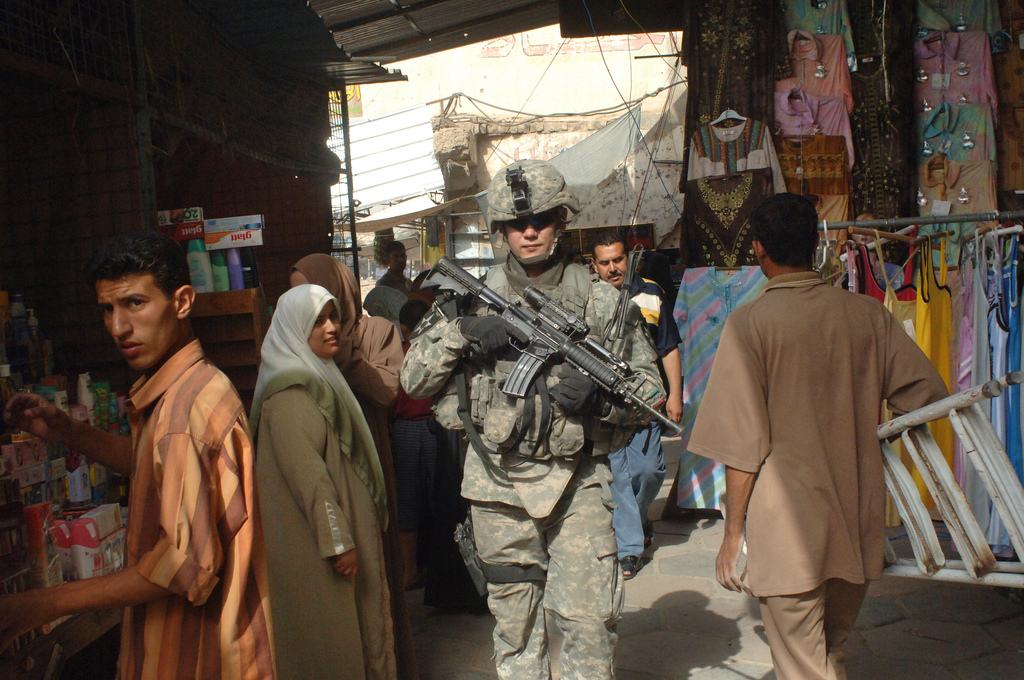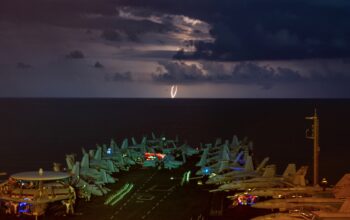On January 12 an Armenian family of seven, living near the 102nd Russian military base in Gyumri, Armenia, was murdered by an AWOL Russian soldier, resulting in mass protests demanding a fair trial on an Armenian rather than a Russian court for the murderer.
This is not the first incident with a tragic outcome involving the above-mentioned base, nor is it the first such case in the history of foreign military bases (FMBs) all over the world. And while some scientists and experts claim soldiers not to be responsible for the violence they commit, due to the pressures of the social environment in which they operate, it doesn’t stop the host communities from feeling deeply affronted. Incidents like this can be seen as a direct challenge to their day-to-day life, and even to their independence and democracy.
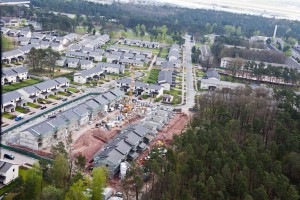
Foreign military bases are found in more than 100 countries globally and are not a new phenomenon. The Roman Empire at its height in 117 AD had bases from Britannia to Egypt, from Hispania to Armenia. This type of military infrastructure was also used both by the colonial empires and by the Cold War superpowers to occupy new territories, repress local dissent and support commercial operations. Modern FMBs are primarily leftovers of the bipolar post-World War Two order. Russian military bases are located mainly in Post-soviet countries and American bases are hosted by those that have lost a major war against the United States, while the United Kingdom and France maintain bases in their former colonies. India, Pakistan, Turkey and even pacifistic Japan also possess a number of external military bases. These installations become frontlines for their owners and facilitate in the justification of military interventions and wars in any country where the slightest threat to their security is spotted.
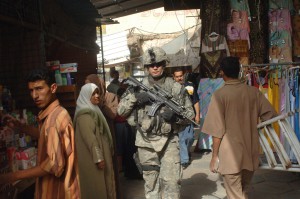
Whether these bases are constructed as intelligence facilities, radar sites or refueling stations, they influence the communities living around them. Military prostitution and violence against women, as in Okinawa and Kashmir, repeated instances of nuclear and chemical weapons testing, resulting in environmental contamination and destruction of farmland, as in Guam, Okinawa, Clark and Subic Bay, are only a few examples of the negative impact FMBs can have. At the same time, although host countries expect an infusion of foreign currency, the military bases don’t necessarily bring economic prosperity, as imported goods from “back home” sold in stores within the base sent most of the money right back. Last but not least, in several instances military bases have been used in operations involving unlawful imprisonment and torture, famously in the FMBs of Guantanamo Bay and Diego Garcia.
Despite their many pitfalls, countries haven’t stopped the expansion of their military presence even after the end of the Cold War. The reason is simple: military expenditure shapes the strategic configuration of a country, allowing it to project its power and presence in the region. Some officials have claimed that military bases promote the economic and political objectives of deploying countries, securing corridors for oil and natural gas pipelines, or, in case of the United States, assisting in the fight against terrorism.
The Russian armored and air support regiments located near Armenia’s second largest city, Gyumri, operate under the 1997 bilateral agreement between Armenia and Russia. Russian presence is evaluated by Armenia as crucial, seen as vital to the security of its borders with Iran and Turkey and also in assisting in the defense of Armenian airspace jointly with domestic forces. The 102nd military base is also part of a joint air defense system for the Commonwealth of Independent States (CIS) and the last bastion of Russian military presence in the South Caucasus. The Five Day War with Georgia in 2008 marked the official withdrawal of Russian troops from Georgia (notwithstanding the Russian military personnel remaining in the disputed regions of Abkhazia and South Ossetia), while the lease agreement of Gabala Radar Station in Azerbaijan was allowed to expire in 2012, signifying Azerbaijan’s attempt to break away from Russia’s influence and seek its own energy policy.
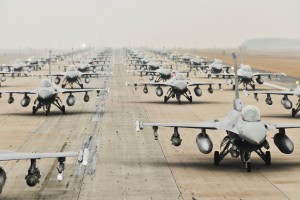
Nevertheless, the strategically important “last anti-NATO enlargement outpost”, as the 102nd military base is known, unsurprisingly has been a source of trouble for the local population. For instance, in order to access the agricultural land within the security zone, controlled by Russian border guards, farmers from nearby villages have to go through time-consuming and complex procedures to acquire special permits. Perhaps more troubling, external bases are small models of the deploying countries. In other words, these “Americatowns” or “Russiatowns” bring their own cultural background and “attendant amenities”, such as fast-food joints or Internet cafes, together with habits and sometimes even laws, providing immunity from persecution or lighter punishments for their troops. The cases of American soldiers accused of killing two South Korean girls, or Russian soldiers similarly accused in Transnistria are undeniably vivid examples of this reality. Moreover, although the obeisance of strategically located hosting governments is in the great powers’ interest, when tragedies happen because of their soldiers, they try to avoid discrediting their own armies and downplay the incidents in the media. Which is exactly what happened in Gyumri.
So far Russian-Armenian joint investigations have not revealed much about the motives behind the murder. Nevertheless, the great resonance of the case with the Armenian public has demonstrated its importance. The incident altered the positive attitude and trust the Armenian population had towards the Russian military presence in Gyumri. Nevertheless, the idea of dismantling the base, expressed by a great number of people, would be sure to have far-reaching national security implications and change the balance of power in the region, with Russia losing its last ally, and hence its presence, in the South Caucasus.
Although nobody is happy with the mayhem or death caused by foreign presence, we should acknowledge that the arms race and clash of interests between West and East is not likely to fade in the near future. But while the great powers are playing their geopolitical chess game, racing for greater power and presence on the global scale, we should demand they don’t forget the impact their actions have on their smaller neighbors and allies, which are more than just their “fortresses of interest”.
By Ruzanna Baldryan
Picture 1: U.S. Army Corps of Engineers Europe District, licensed under CC BY 2.0
Picture 2: The U.S. Army, licensed under CC BY 2.0
Picture 3: DVIDSHUB, licensed under CC BY 2.0
